Not every dog dreams of being a detective with its nose to the ground! Some pups are thrilled lounging at your feet rather than sniffing out every squirrel in the park.
If you’re looking for a loyal companion who prefers a cozy nap to chasing invisible scents, low-tracking instinct dog breeds are your perfect match. These dogs won’t have you tugging at a leash or losing them in a maze of smells; they’re more about being your sidekick in everyday life.
Whether you’re an apartment dweller or just someone who values calm, stay-close behavior over tracking drive, these breeds will fit right into your heart — and your couch.
We’ll introduce you to dog breeds that are all about loyalty, affection, and being by your side without their noses leading the way. Ready to find your laid-back partner in crime? Let’s dive in!
Low Tracking Instinct Dog Breeds
1. Cavalier King Charles Spaniel
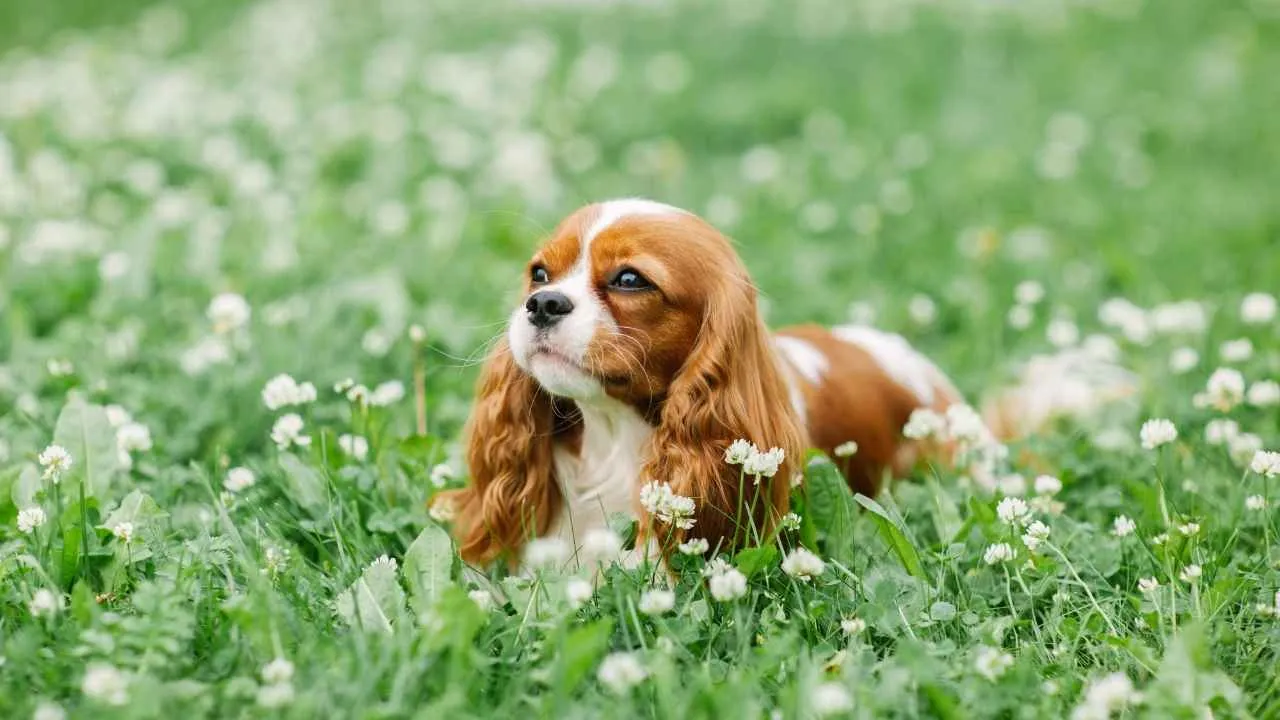
Tracking Instinct: More about cuddles than clues
Imagine if royalty had a dog whose main job was to look adorable and accept belly rubs — oh wait, that’s exactly what the Cavalier King Charles Spaniel is!
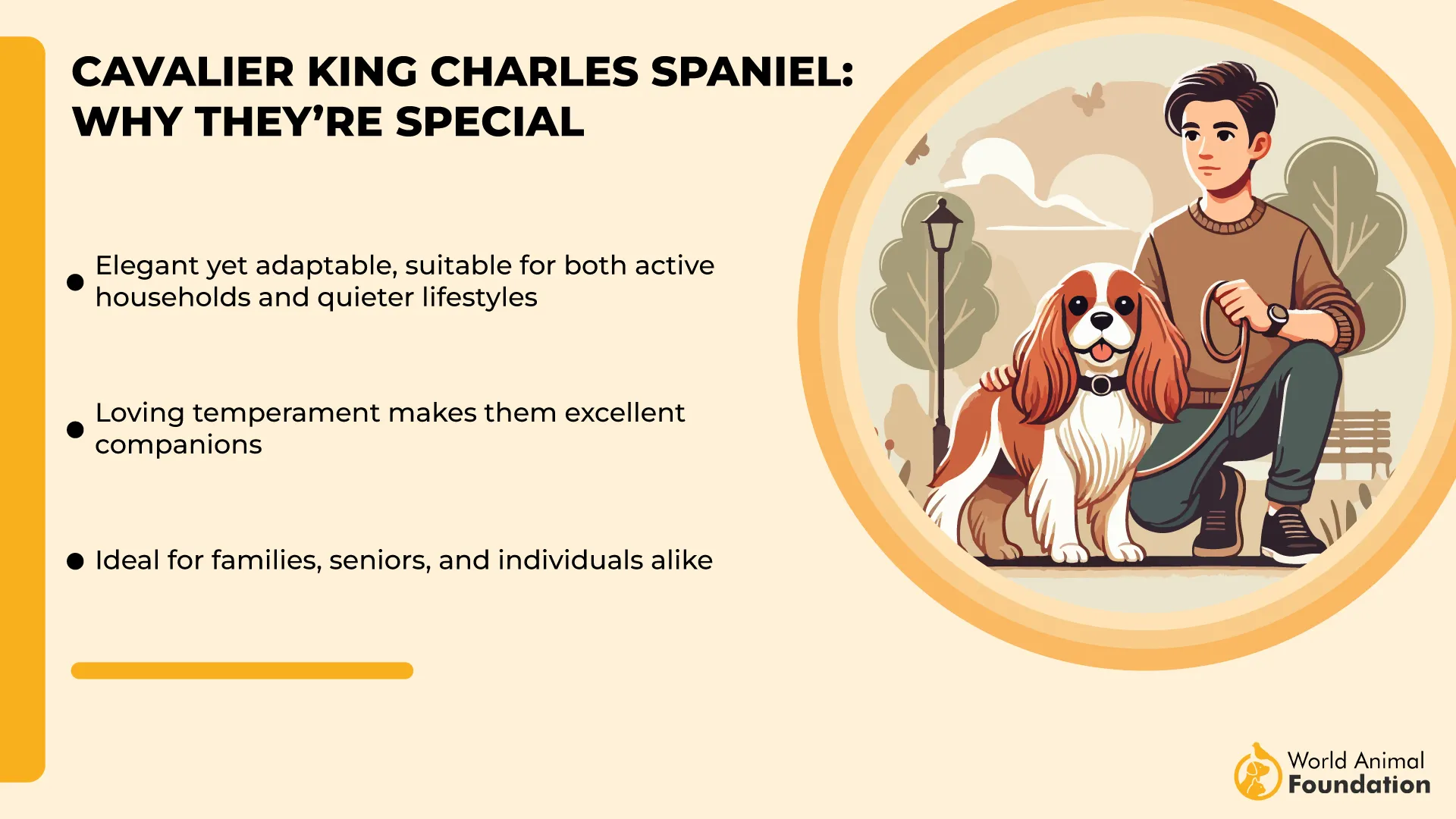
Small but elegantly built, they stand about 12–13 inches tall and weigh between 13–18 pounds. Their coat is silky and slightly wavy, flowing gracefully in colors like Blenheim, ruby, tricolor, and black & tan.
With big, round, soulful eyes and long, feathered ears, they look like they walked straight out of an old royal painting — and yes, they expect to be treated like royalty too!
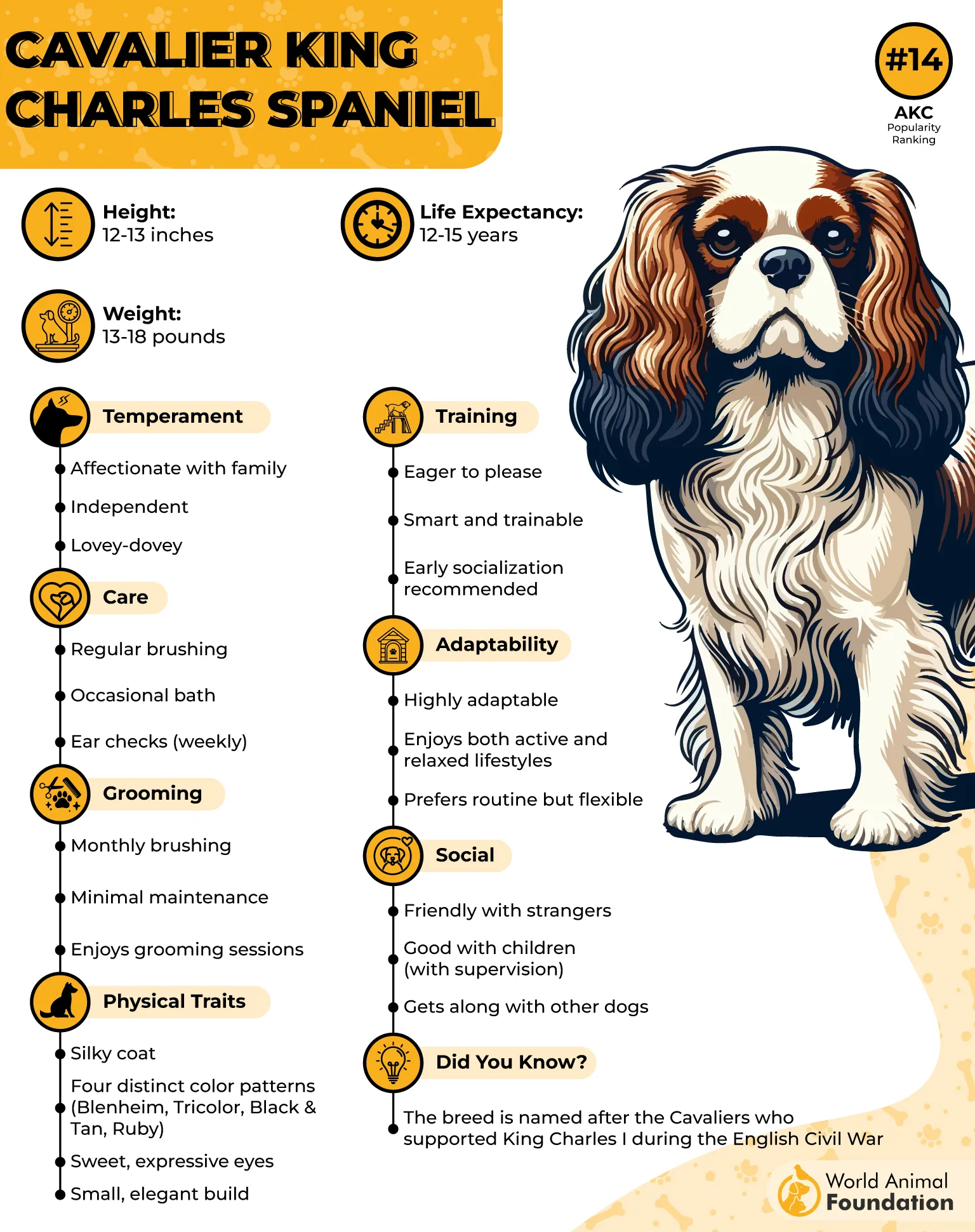
These little sweethearts are famously quiet, friendly, affectionate, and about as interested in “tracking” as they are in skipping a meal (read: not at all). Sure, they might chase a butterfly or follow you around the house with those big, soulful eyes — but a high-stakes hunting expedition? Hard pass.
According to Purina, they are intelligent enough to participate in various dog activities but remain low-maintenance and undemanding.
Cavaliers are the kings and queens of “let’s just stay home” energy, making them the perfect low-tracking buddies for relaxed, loving households. Bonus points: they come with built-in “puppy dog eyes” that make saying no to treats physically impossible.
2. Boxer
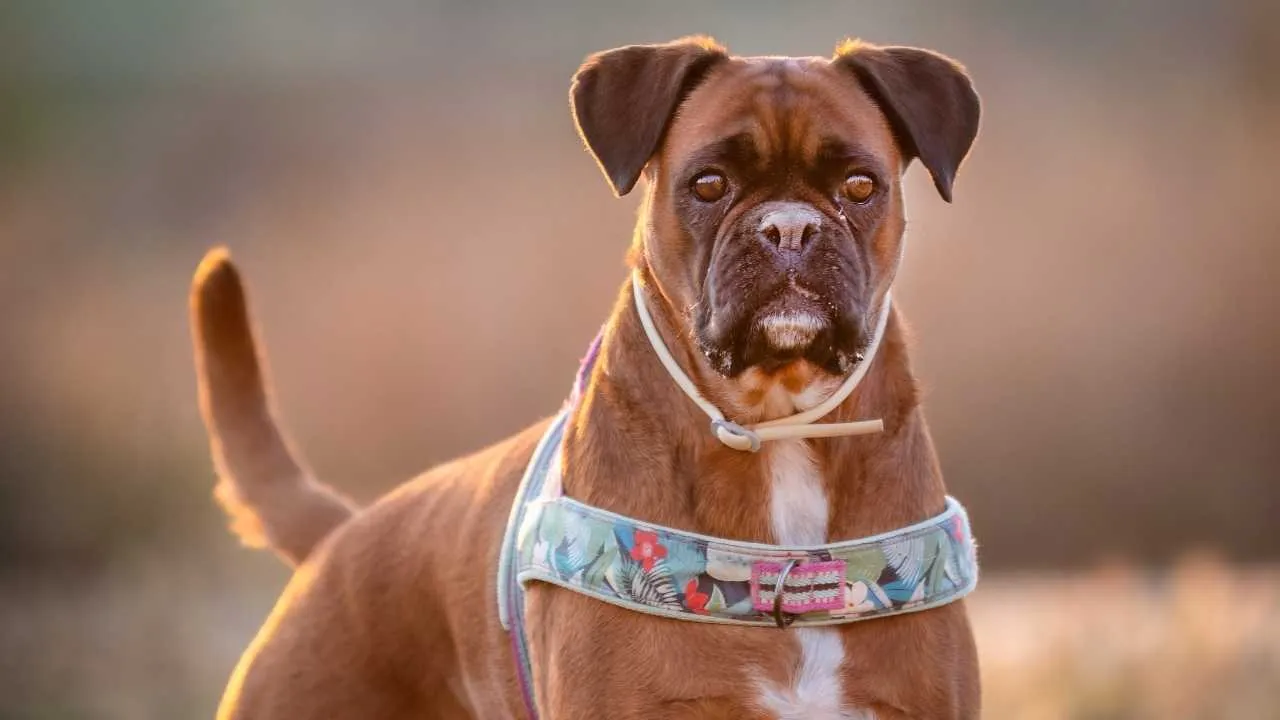
Tracking Instinct: Might track snacks, not much else
Now, Boxers might look like they could track a villain through a snowstorm, but in reality, they’re much more interested in goofing around, making you laugh, and — when properly motivated — stealing your sandwich.
These sturdy, muscular goofballs are loyal to the bone, but when it comes to following scents, they’d probably get distracted halfway through because someone nearby dropped a cheeseburger.
They typically measure 21–25 inches tall and weigh 65–80 pounds. With their powerful jawlines, broad chests, and playful expressions, these medium-sized dogs manage to look both tough and goofy at the same time, kind of like a heavyweight champion who just really loves belly rubs.
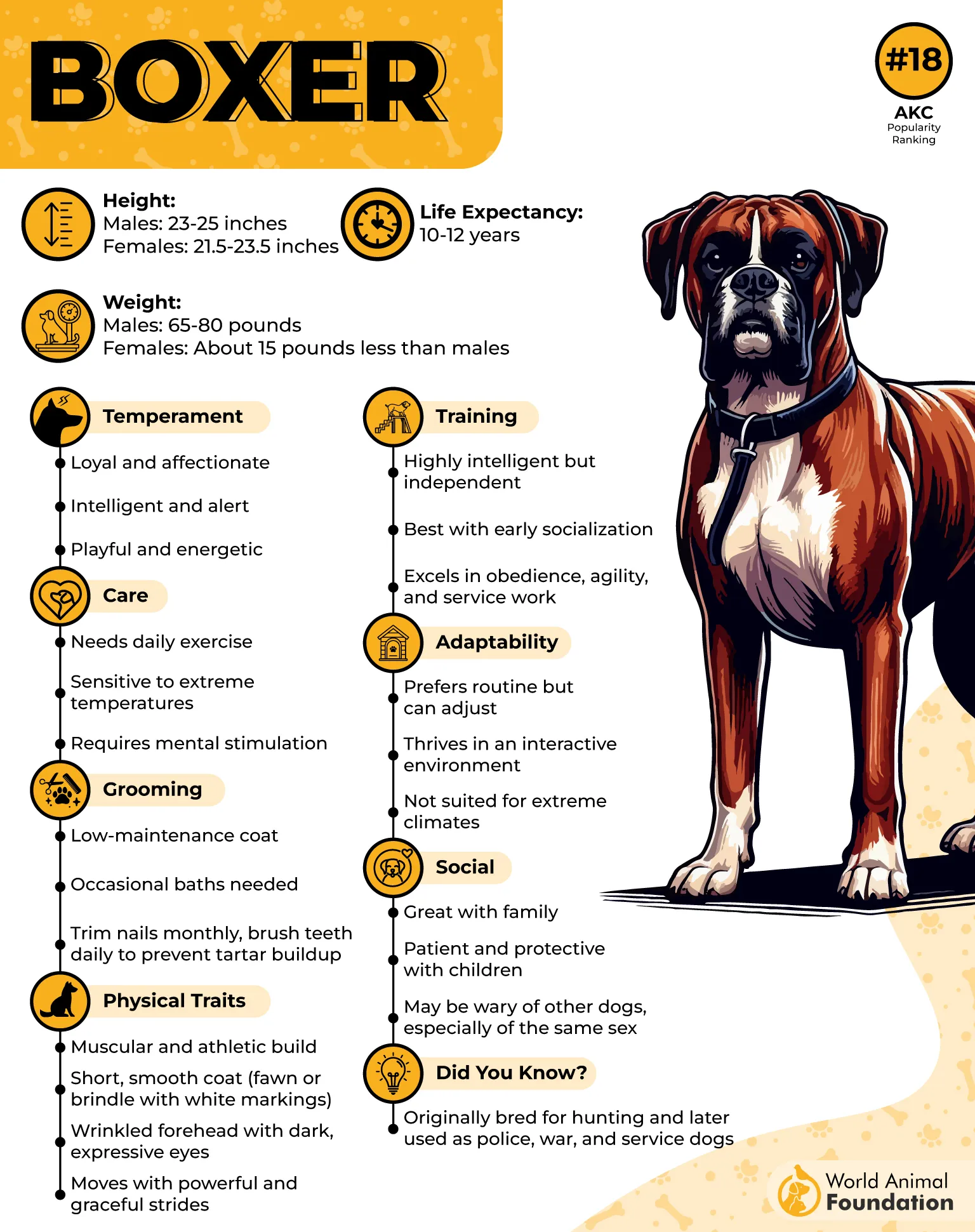
They prefer to stay close to their people (and their snacks), choosing loyalty and playful zoomies over sniffing out secret treasures.
Honestly, if you want a dog that will “track” your every move around the kitchen, the Boxer is your perfect fit.
3. Maltese
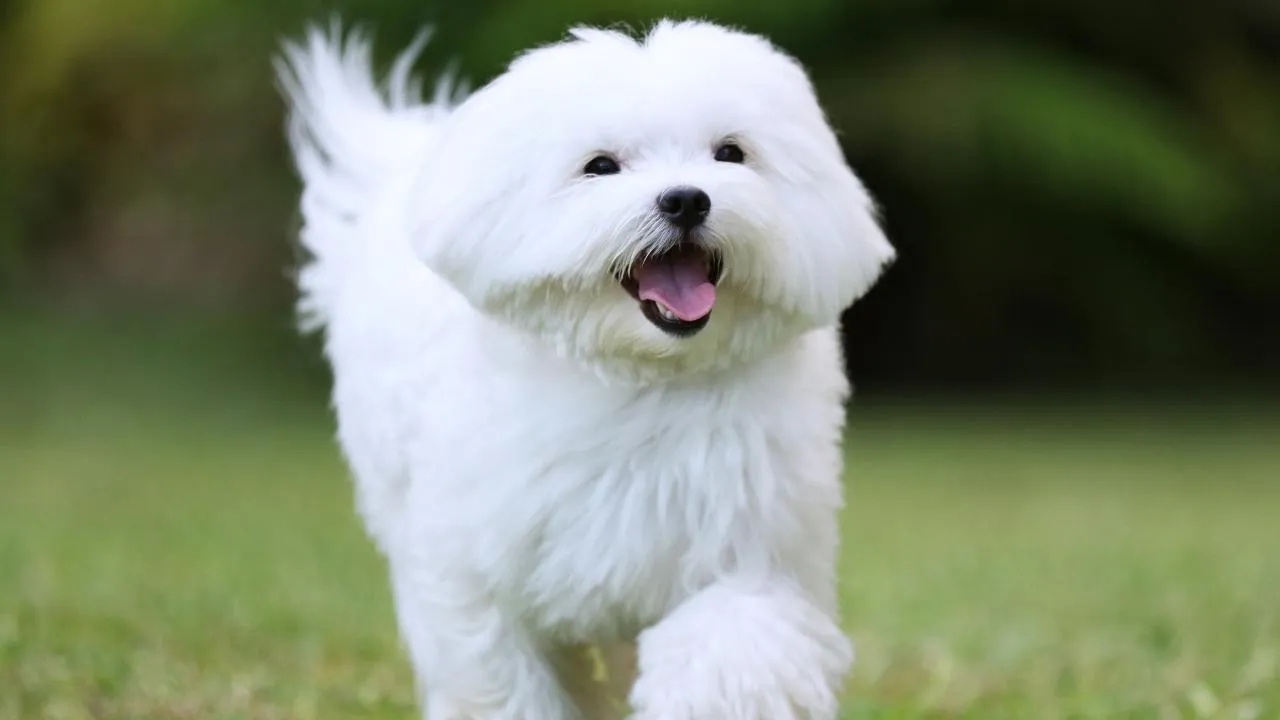
Tracking Instinct: Thinks tracking is beneath their royal status
The Maltese is less about “tracking wild game” and more about “tracking where the softest blanket is.” This tiny ball of white fluff has one priority in life: looking fabulous and receiving endless affection.
Small but full of sass, the Maltese is a tiny treasure standing under 10 inches tall and weighing just 4–7 pounds. Their most striking feature? That long, silky white coat that makes them look like a little floating cloud.
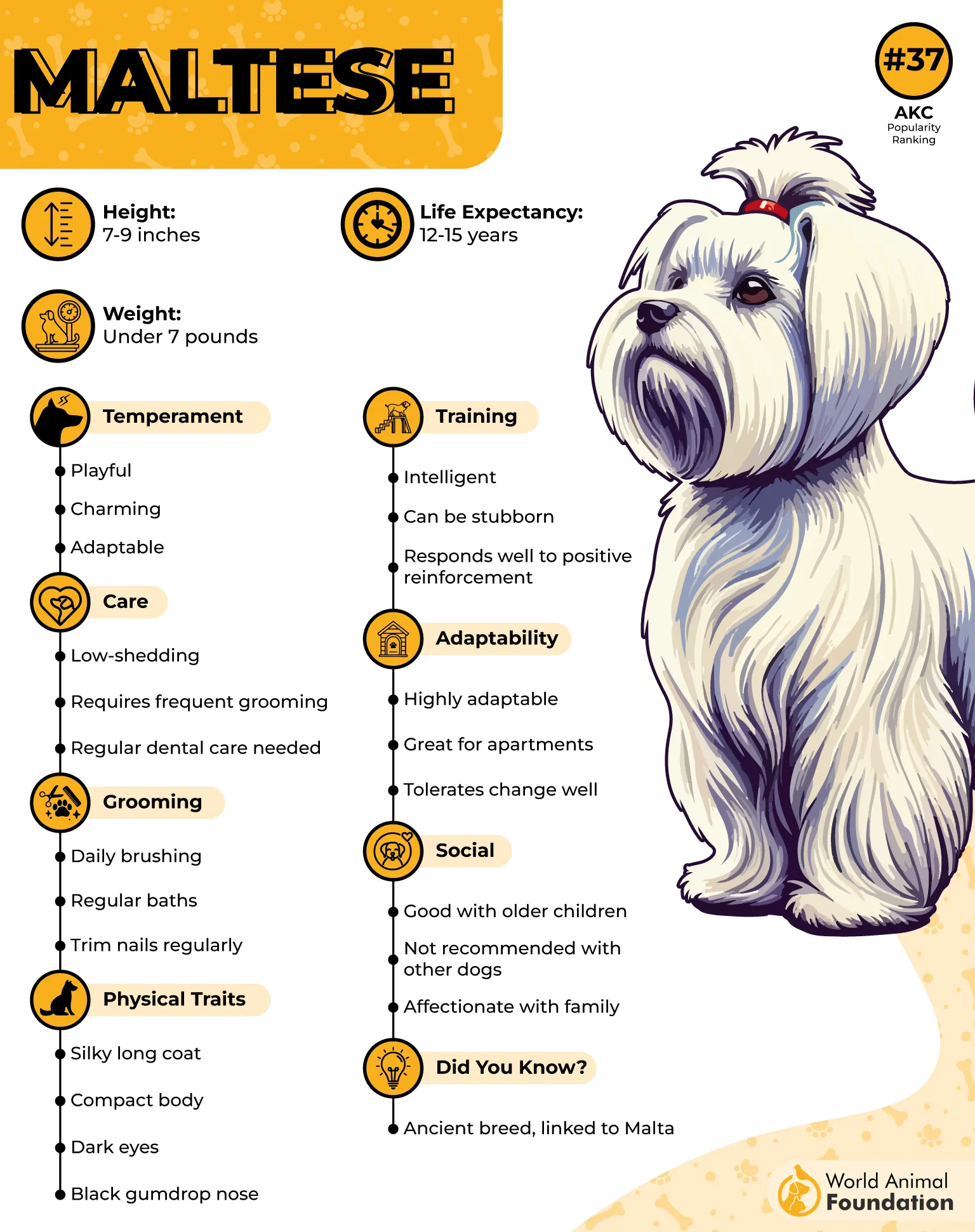
Maltese dogs have about as much interest in hunting as a house cat does in joining a wolf pack. They’d much rather lounge glamorously on a velvet cushion (or your lap) than sniff out a trail in the great outdoors.
Plus, with those flowing locks and sparkling personalities, who wouldn’t want to carry them around like a tiny, spoiled celebrity?
Their motto? “If you can’t find it — was it that important anyway?”
4. Bichon Frise
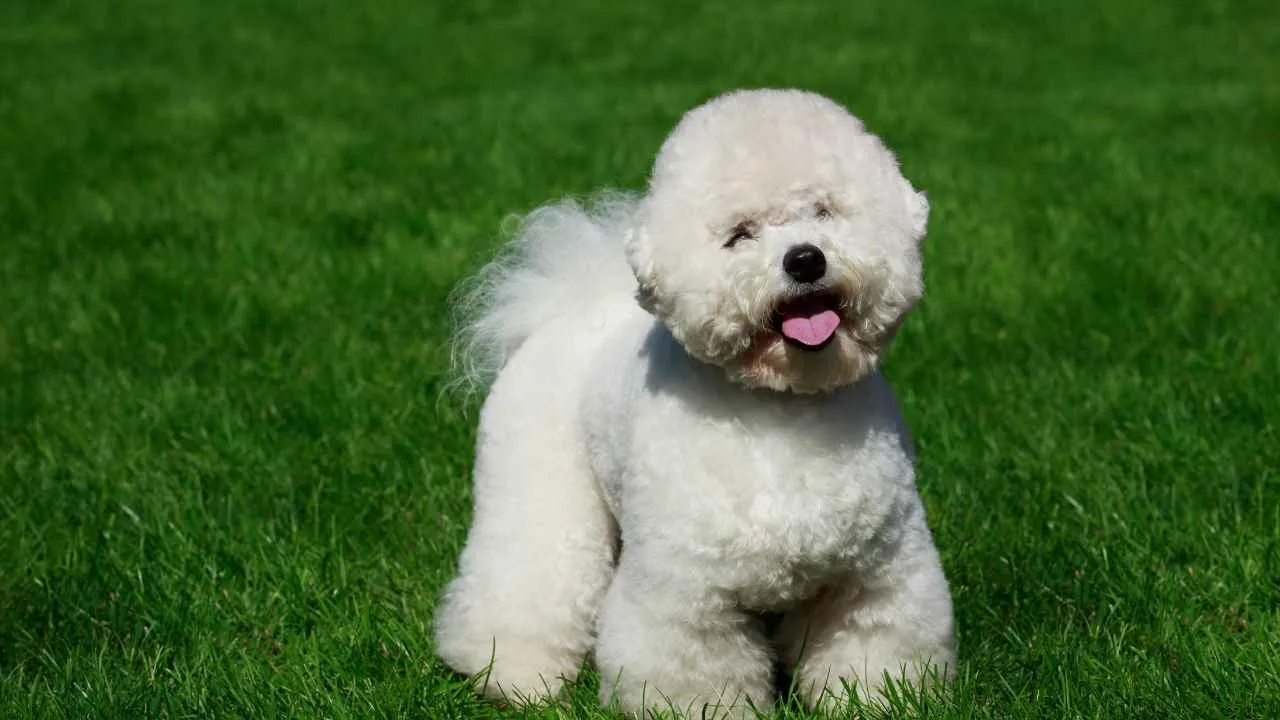
Tracking Instinct: Professional sunshine napper, not a tracker
The Bichon Frise is a living, breathing teddy bear— and just about as interested in “tracking” as a marshmallow would be.
Small and sturdy at about 9.5–11.5 inches tall and 12–18 pounds, this breed is famous for its plush, curly white coat. Their merry dark eyes and round faces give them a permanent expression of “let’s play!” Honestly, they look like a snowball that decided to become best friends with everyone.
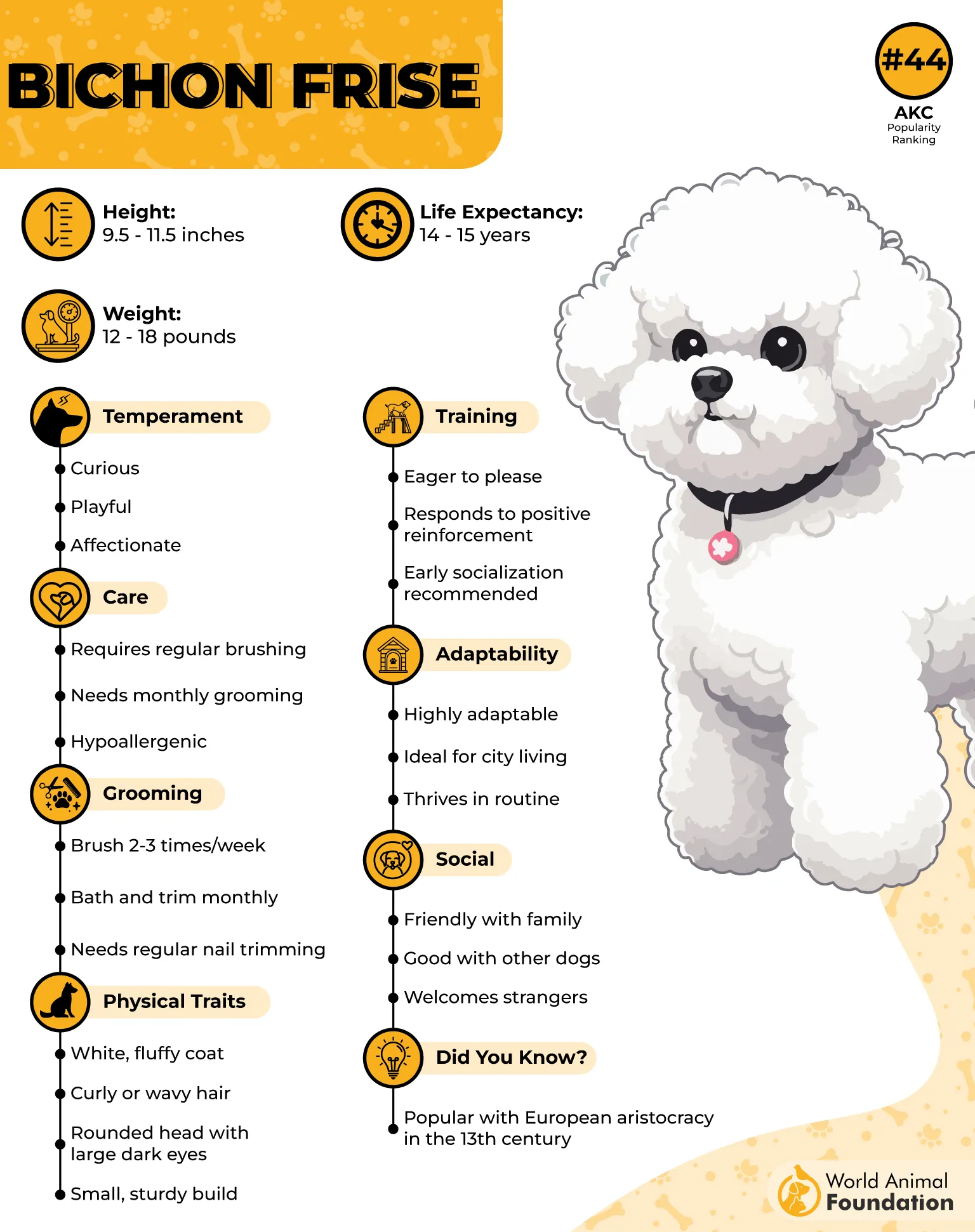
These little bundles of fluff are lovers, not hunters. Their idea of a high-intensity mission is trying to find out where you hid the treats.
Bichons are all about fun, friendship, and finding the sunniest patch on the floor for a nap. Sure, they’ll follow you from room to room like a tiny, fluffy shadow, but if you expect them to sniff out a lost hiker? Well… good luck. They’ll be busy organizing a cuddle party.
5. Old English Sheepdog
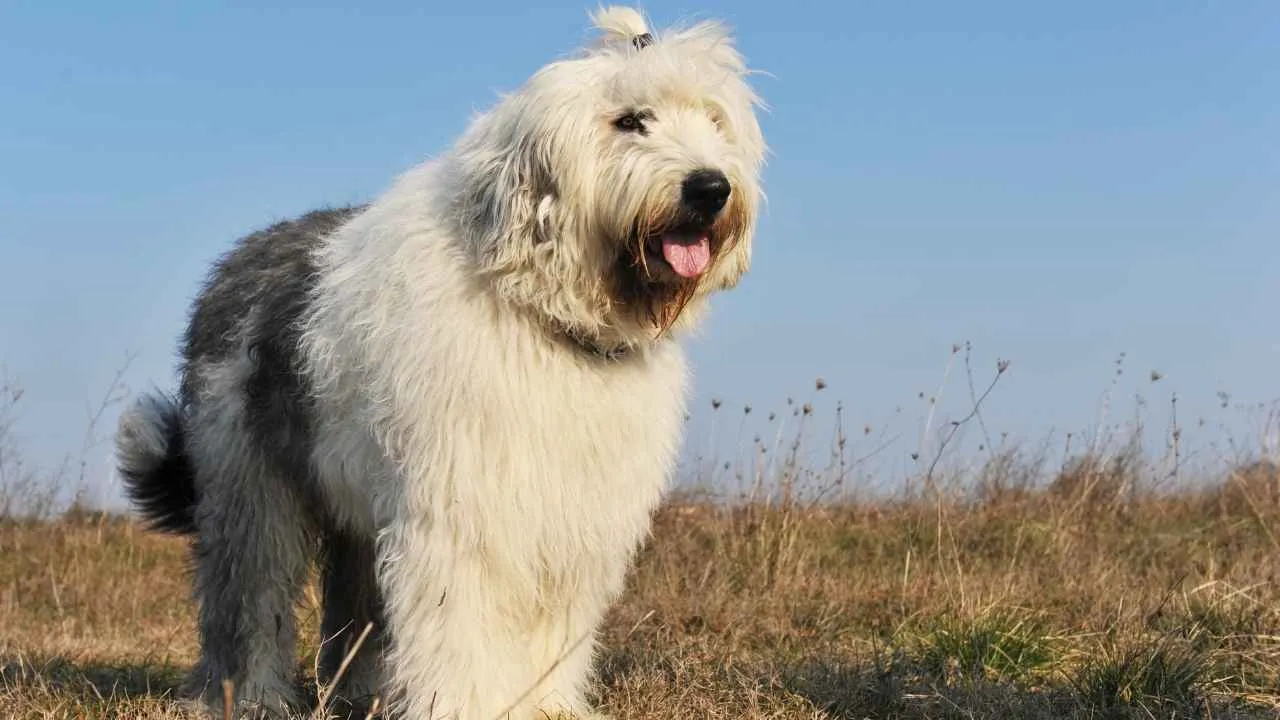
Tracking Instinct: More of a herder than a hunter
At first glance, you might think, “Wow, this big, shaggy dog must be an expert tracker!” — and you’d be wrong. Very wrong. The Old English Sheepdog is much more of a professional meanderer than a determined tracker.
Originally bred to herd sheep (not hunt), these big-hearted fluffballs are famously easygoing. Tracking something? That sounds like a lot of effort… and effort sounds suspiciously like work.
Standing 21–24+ inches tall and weighing between 60–100 pounds, they’re famous for their thick, shaggy coats in shades of gray, grizzle, or blue with white.
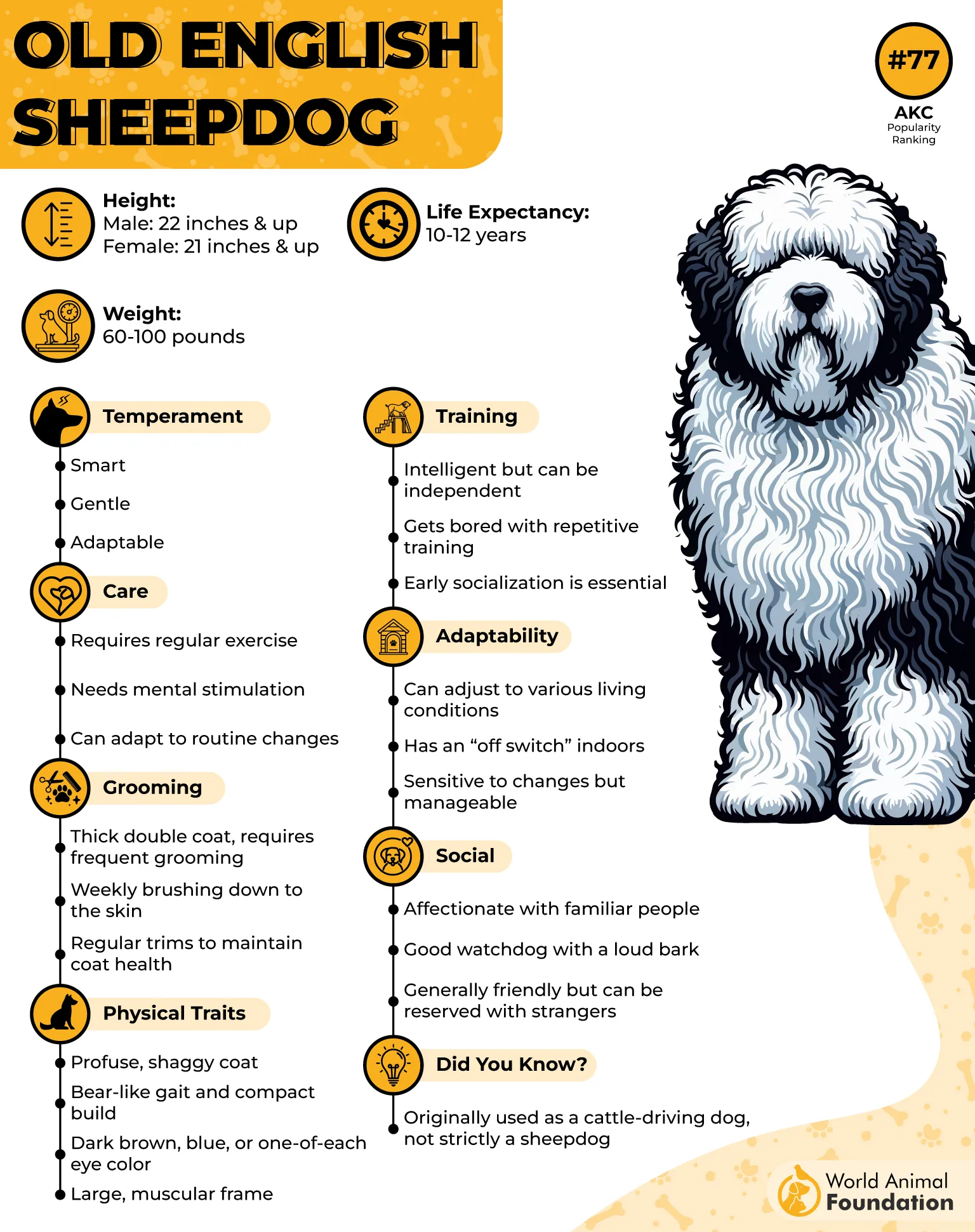
Their faces are often hilariously hidden behind all that hair, giving them a slightly mysterious, very huggable look. With their signature bear-like shuffle, they turn even the shortest walk into a full-on parade.
According to PetMD, these affectionate dogs were originally bred for work and require ample mental and physical exercise to remain healthy and happy.
Nope. Instead, they’ll be by your side, possibly bumping into furniture and demanding butt scratches. If you need a dog who’s good at tracking belly rubs, though — five stars.
6. French Bulldog
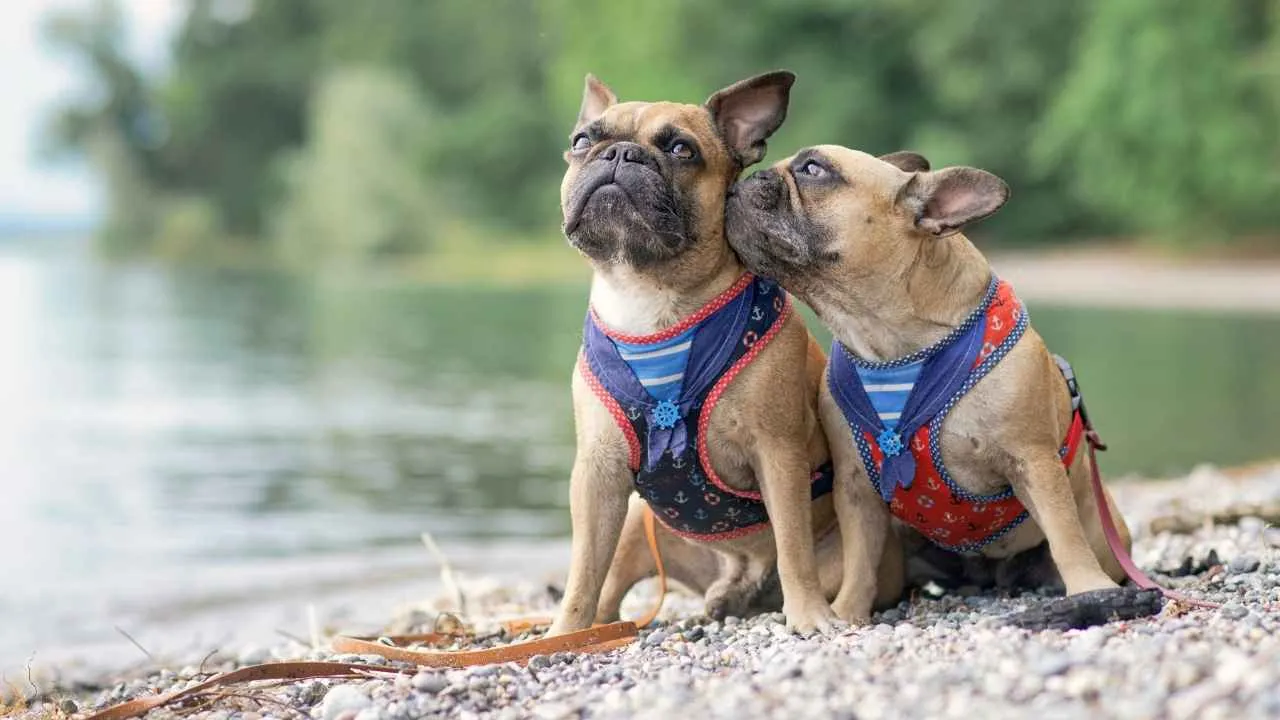
Tracking Instinct: Will “track” a pizza slice, and that’s about it
If the French Bulldog could talk, it would probably say, “Track something? Honey, I barely track my own bedtime.” These little nuggets of mischief are about as into tracking as they are into cardio (which is… not much).
Their short, smooth coats come in colors like fawn, brindle, cream, and pied. What truly makes them iconic, though, are those huge bat-like ears and the squished, expressive faces that always seem to say, “Are you seriously eating without me?”
They’re super popular because they’re friendly, loyal, affectionate, and adapt well to apartment living. They don’t need a ton of exercise, but they love short play sessions and cuddles.
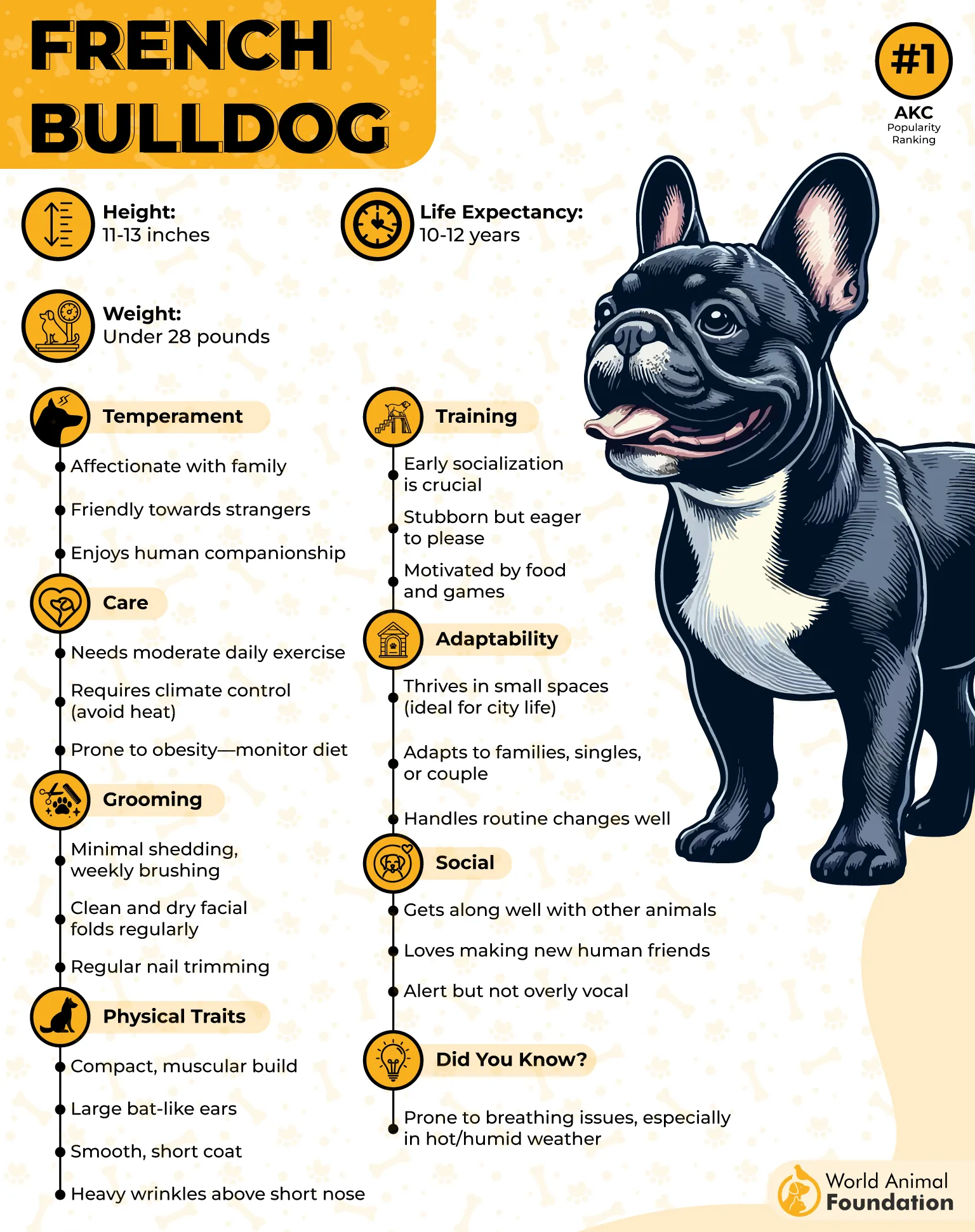
Frenchies are here for a good time, not a long hike. They prefer keeping an eye on you from the comfort of a squishy couch, occasionally snorting in disapproval when you try to suggest a walk longer than five minutes.
They will, however, expertly track any dropped crumbs. Especially pizza crumbs. Frenchies know their priorities.
7. Pomeranian
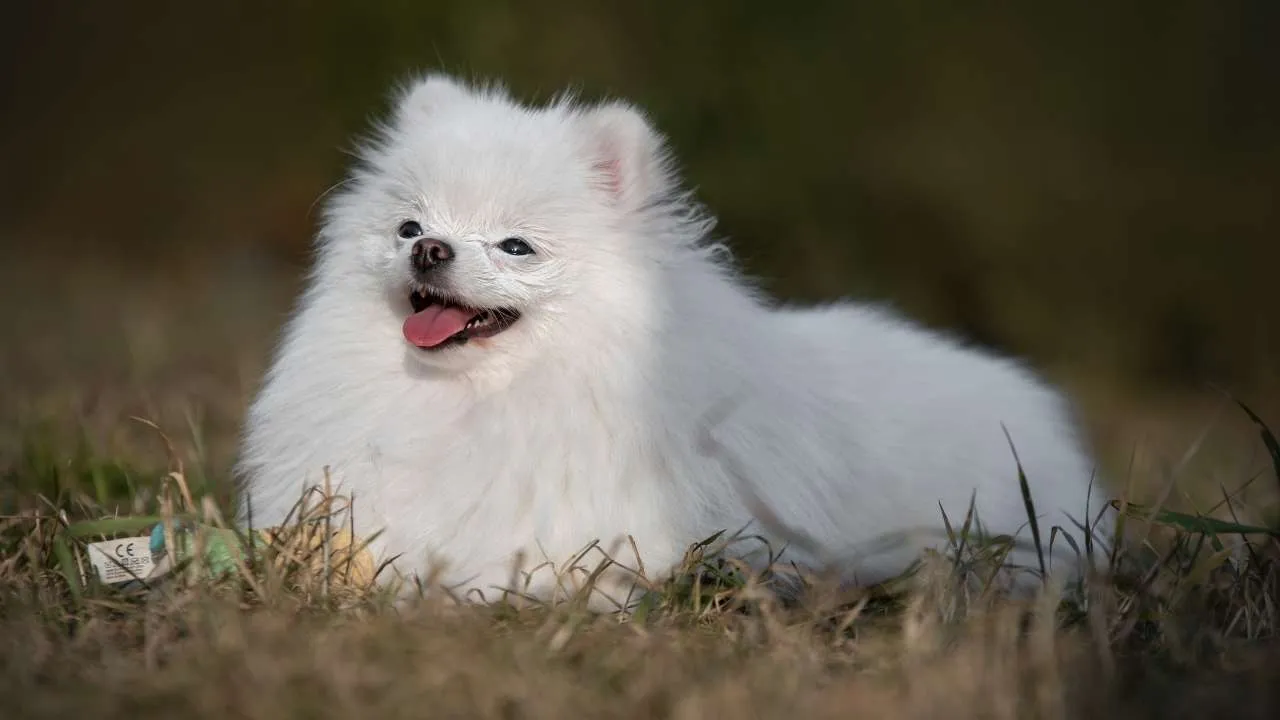
Tracking Instinct: Tracks attention, not scents
The Pomeranian may look like it’s ready to take on the world with all that sass and fluff, but when it comes to tracking, they’re more about tracking attention than scents. Seriously, if there were awards for dramatic flair and diva energy, Poms would have an entire trophy room (and a tiny red carpet).
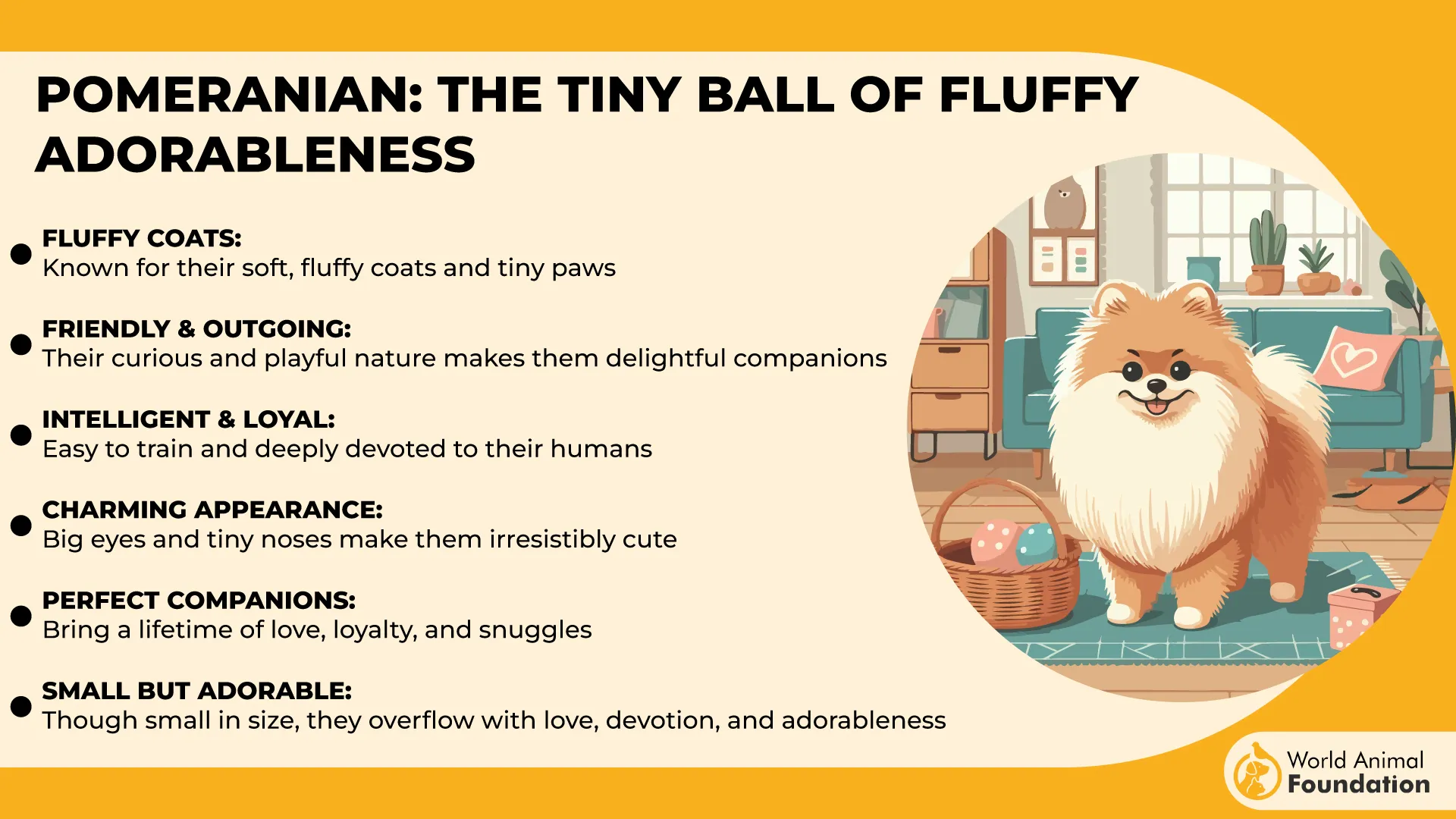
The Pomeranian might be small in size (6–7 inches tall, 3–7 pounds), but they pack enough personality for a dog three times bigger. Their thick, fluffy coats — in practically every color you can imagine — make them look like little fireballs of energy.
With their fox-like faces, bright eyes, and plumed tails that curl over their backs, they seem to bounce through life with one goal: to be the center of attention at all times.

These pint-sized poof balls would much rather announce their presence with a few (okay, maybe a lot) of barks than quietly stalk a trail. According to Britannica, although the breed can be somewhat stubborn, it is generally fairly easy to train.
If you’re looking for a tracking dog, look elsewhere; if you’re looking for a portable royal companion with a personal soundtrack of sassy yaps, the Pomeranian is your soulmate.
8. Papillon
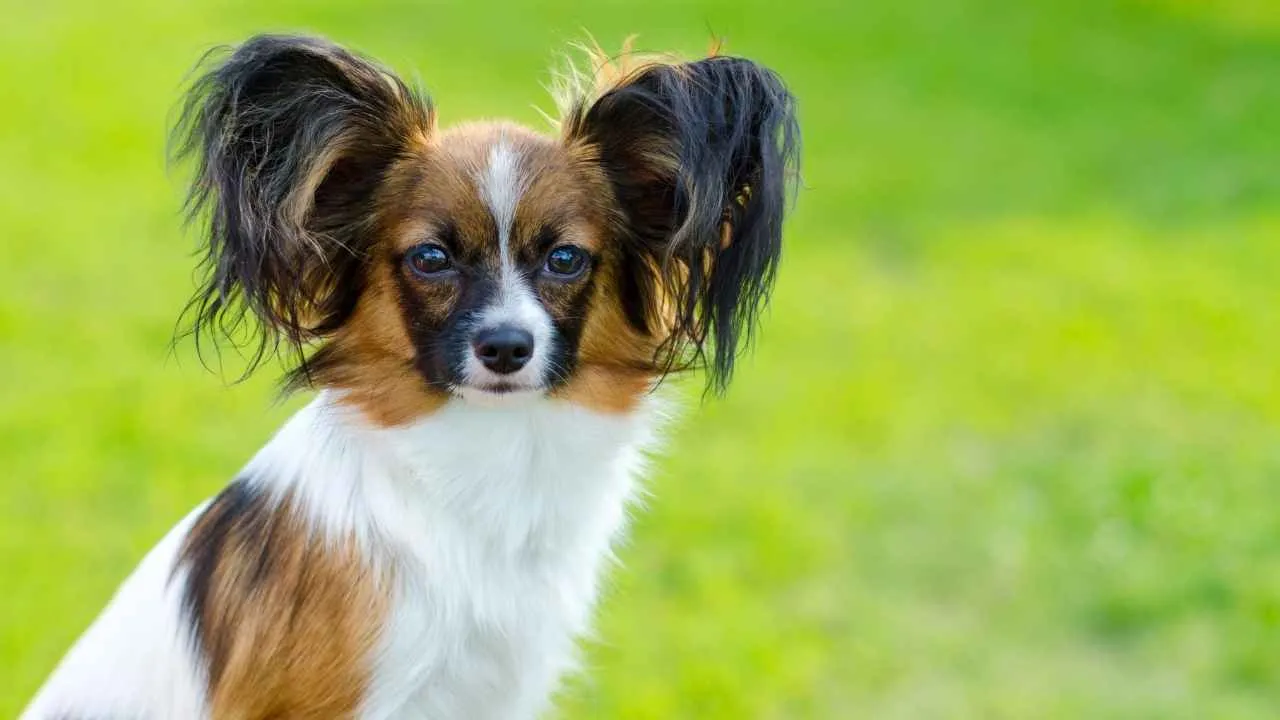
Tracking Instinct: Tracks praise, not trails
Don’t let those dainty butterfly ears fool you — the Papillon is a tiny ball of cleverness packed into a glamorous package. But “tracking”? Pfft.
Their fine, flowing coat is silky to the touch, and their white bodies are decorated with patches of vibrant color.
But it’s those enormous, wing-shaped ears that steal the show — “Papillon” literally means “butterfly” in French, and one glance at their ears will tell you why. Spoiler: They’re as smart as they are cute.
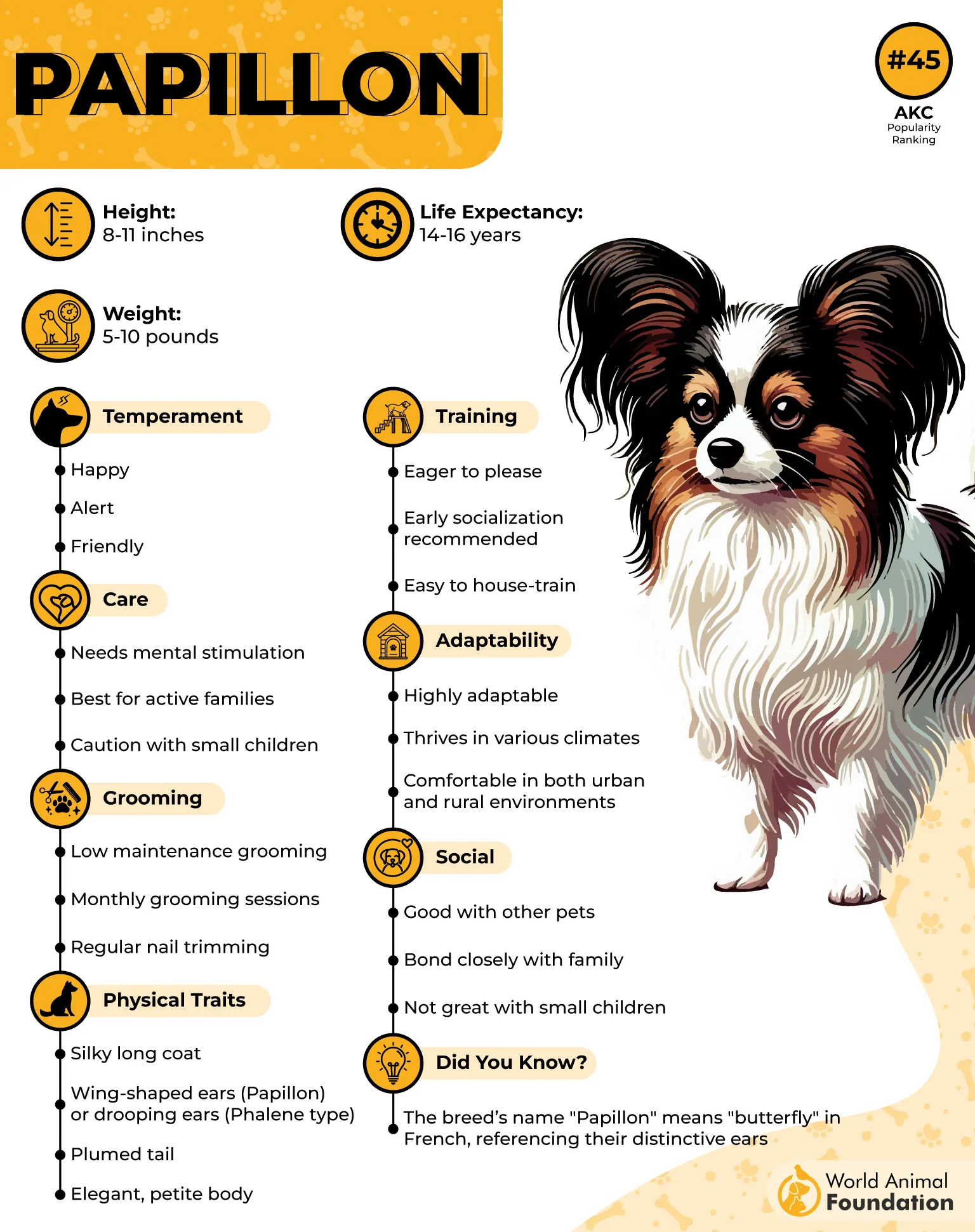
Papillons have better things to do, like ruling their households with a velvet (paw) iron fist and gracefully hopping around like they own the place.
They might sprint after a tossed toy with Olympic speed, but if you think they’re going to sniff out a lost item in the yard? Hilarious. Papillons prefer games of wits and tricks over “follow that scent” any day. They’re too busy dazzling everyone with their agility and charm. Priorities, darling.
9. Pug
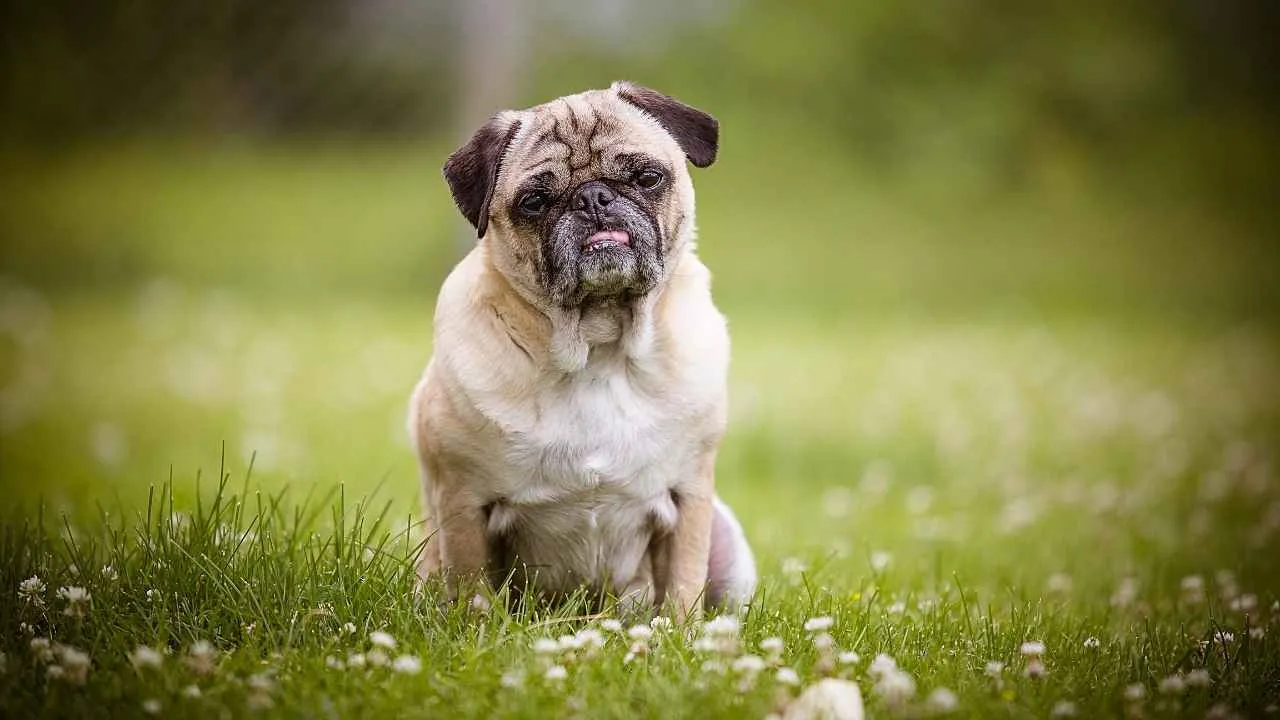
Tracking Instinct: Tracking? Only if it smells like bacon
Ah, the Pug — nature’s most adorable couch potato with a snort you can hear from three rooms away. When it comes to tracking instincts, Pugs proudly rank somewhere between “nonexistent” and “what’s a scent trail, anyway?”
Their flat faces, bugging eyes, and endless folds of skin create a look that’s both hilarious and heart-melting. Add in a curly tail that looks like a cinnamon bun, and you’ve got a walking, snorting, snuggly masterpiece.
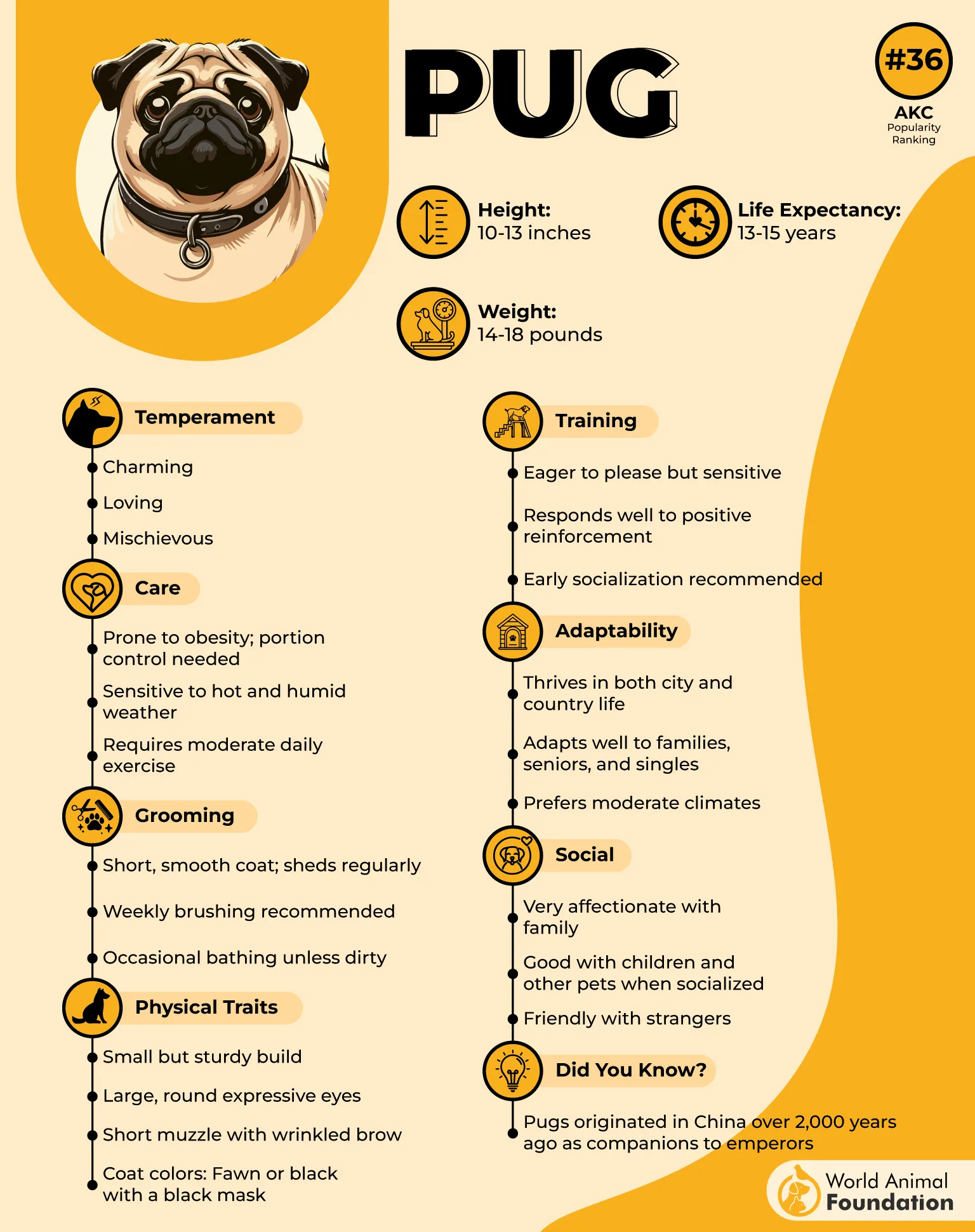
Sure, they’ll follow the smell of bacon like a tiny, determined potato, but tracking anything less delicious? Not a chance. These squishy-faced sweethearts are all about easy living, cuddles, and strategic snack location.
If you dropped a cookie, a Pug would find it. If you lost your hiking partner on a trail? The Pug would be back at the cabin… in a blanket… waiting for room service.
Conclusion
When it comes to choosing a dog, especially among larger dogs, it’s important to consider not just size but also instincts like prey drive and tracking behaviors. Breeds like the Papillon, Bichon Frise, German Shepherd, and Border Collie, while highly intelligent and trainable, tend to have strong prey and tracking instincts, which might make them less ideal for owners seeking a low tracking instinct dog.
For those who live with other animals or simply want a calm companion, selecting the best dog means focusing on training, temperament, and suitability for smaller spaces. Ultimately, understanding the natural tendencies of different dog breeds helps ensure a peaceful, happy home for both the dog and the owner.

